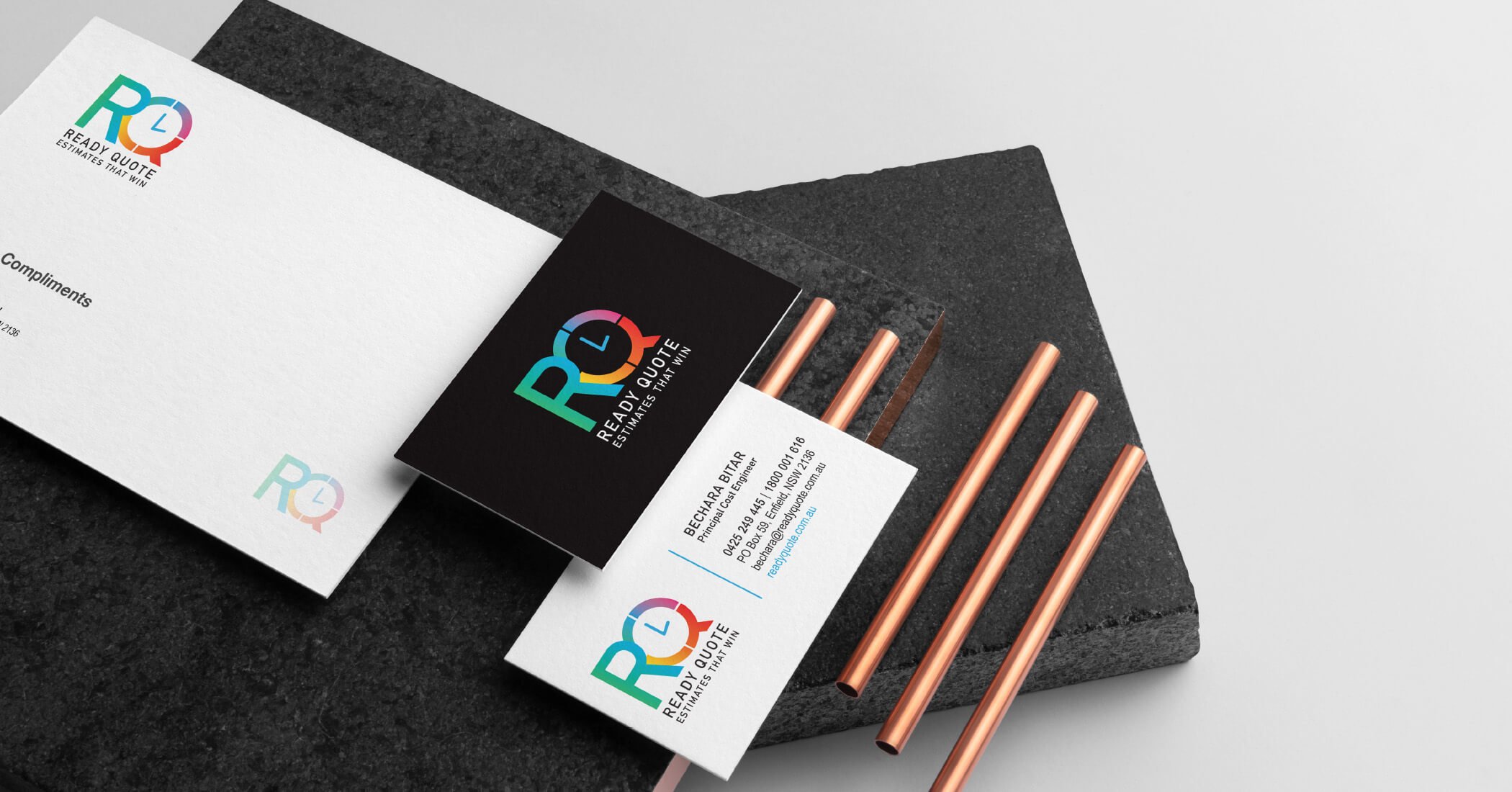4 Questions that Unlock Brand Potential
It’s difficult to escape the pervasive influence that brands have on our lives.
In the broadest sense, brands constitute the organising mechanism to help us navigate through each day. What we drink, eat, or drive, what products we use at home and at work, where we play or vacation, where we live, what we watch, what we read, and even who we interact with, and how, are arguably “brand” choices. That is, they are a function of the set of values and perceptions we have about companies, products, services, or even TV shows, people and places that form in our minds.
Think about it. You have formed an impression, something a strong one, sometimes not, about all of the above things mentioned. That perception is based on whatever mix of inputs have been available to you, whether intended or not: Previous interaction, something you read, heard or observed, and yes, formal marketing communications such as advertising.
We develop our perceptions of a brand based on this full range of direct and indirect stimuli. Yet many businesses—even large, global, sophisticated ones often seem satisfied to “control” only a narrow portion of these stimuli—typically the traditional marketing tools like advertising, promotion, packaging, etc. It is not surprising to hear boardroom conversation and cocktail chatter about the latest retail promotion or the CEO’s favourite TV spot. But it is far less common to hear discussion of how a consumer’s interaction with a company salesperson who happens to be in the store when the consumer is there, has been engineered to ensure that that interaction reinforces the meaning of the brand for that consumer.
Despite the ubiquity of branding and the overwhelming number of companies and executives who engage in brand marketing, relatively few fully utilise their brand as an asset to be leveraged. For a select few, brands have become a foundational element of their overall business strategy, creating financial value at every turn and directly influencing revenue and profits.
This select few know that the true value of their brand lies below the surface. It’s not just about clever ads or billboards, although advertising is certainly a component of their brand. It’s not just about packaging, the website and social media, although these are certainly important in their own right. Instead, a great brand is a set of consistent, positive associations and values that have been created through the sum total of their interactions with that company, product, or service.
Simply put, customer experience is at the core of every brand. Research shows time and again that people will reward companies whose products and services meet or exceed their expectations. The reward comes back in the form of brand preference and customer loyalty that translates into revenue. Yet many companies do not seem to recognise how fundamental it is for all customer interactions to be seamlessly and effortlessly aligned toward a mutually desired set of experiences.
Companies that understand the true meaning of a brand will use their brand to influence and drive their entire organisation toward highly satisfying and mutually rewarding interactions. It’s how Southwest Airlines came out of nowhere to become one of the most respected carriers, and how Coca-Cola has been able to deliver a consistently refreshing experience for millions of consumers throughout the world for more than 100 years.
Behind every great brand is a history of effort and commitment. It’s not easy to deliver a consistent brand experience. It takes strong leadership and a clear vision combined with employees who share the vision and work every day to make it a reality for every customer. It also takes constant monitoring to make sure that things stay on track. It’s hard work because it means we have to ingrain our brand aspirations into our business at every level, not just in our marketing communications.
If your goal is to create compelling and actionable brand strategies that can be effectively delivered, then you’ll need to develop a planning process that enables your company to identify and adopt behaviours that will lead to enhanced customer experiences and revenue growth.
To achieve this, brands must begin by asking four simple questions
- What is the state of our brand today?
- What is the desired state for the brand tomorrow?
- What must be done to activate the brand throughout the company?
- What ongoing measures are needed to ensure that the brand promise is being fulfilled on a consistent basis?

